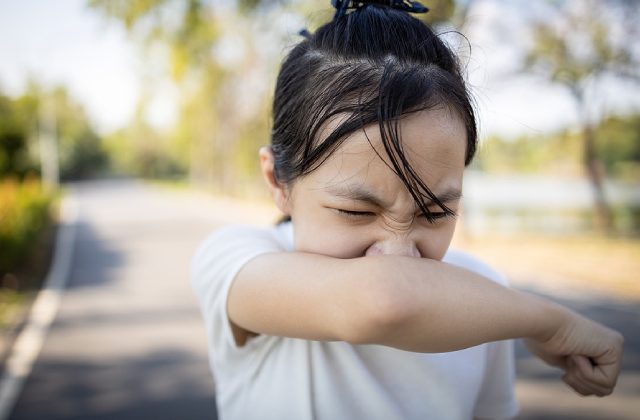
Most people are familiar with the concept of food allergies but lack an in-depth understanding of the whats, whys, and hows beyond the basics. As such, there exist several popular misconceptions surrounding the topic. Read on to find out what the truth behind these misconceptions.
Food Allergies And Food Intolerances Are the Same Thing
Food allergies and food intolerances may seem interchangeable at first glance. However, they are distinct conditions that affect the body differently.
Food allergies cause symptoms in different parts of the body. Hence, your child may experience runny nose, wheezing, abdominal pains, vomiting, or rashes and hives. Severe allergic reactions may be life-threatening.
On the other hand, food intolerances primarily affect the gut. While uncomfortable, they are generally not life-threatening.
Anaphylaxis Can Be Treated With Antihistamines
Antihistamines can only help to alleviate non-life-threatening allergic reactions, such as mild rashes and hives. However, they are ineffective when treating anaphylaxis, which is severe and can potentially lead to death.
Anaphylaxis must be treated with epinephrine, for which there is no substitute. Epinephrine should be administered immediately; delayed use often leads to complications or even fatalities.
Therefore, if your child experiences intense symptoms such as throat swelling, difficulty breathing, vomiting, or diarrhoea, it is critical to use epinephrine and seek immediate medical attention.
Babies Should Not Be Given Allergenic Foods Before the Age of Three
You should introduce allergenic foods into your baby’s diet at the same time as solid foods. Although it varies depending on your child’s developmental readiness, you would typically expand their diet between the ages of 4 and 6 months.
Introduce single-ingredient foods every 3 to 5 days. This schedule allows you to identify the specific food that causes an allergic reaction. Some possible allergenic foods to introduce after your child tolerates less allergenic foods include:
- Egg
- Dairy
- Shellfish
- Peanut (Note: Do not give your baby a whole nut to eat as it may be a choking hazard. Instead, feed it to them in the form of smoothened peanut butter or puree.)
Studies suggest that delaying the introduction of these foods may increase your child’s risk of developing allergies (Abrams & Becker, 2015). Hence, giving your child allergenic foods early may be beneficial.
Children With an Egg Allergy Should Not Get the Flu Shot
Influenza vaccines typically contain a small amount of egg protein; thus, many parents worry that their children may react poorly to the shot.
However, individuals with egg allergies typically show no serious adverse effects after getting the flu shot.
There Is No Treatment for Food Allergies
While there is no cure for a food allergy, there are effective treatment options which can be explored early to optimize the chances of outgrowing allergies early. These will help boost your child’s well-being and quality of life.
If you suspect your child has an allergy, you should consult an allergy paediatrician in Singapore for a diagnosis. The paediatrician will also guide you in allergy management so that you can alleviate your child’s symptoms in times of a reaction.
Conclusion
Although food allergies are common, many misconceptions surrounding the subject exist. Hopefully, this guide has helped deepen your understanding of allergies in children so you can better manage your child’s reactions. If you’d like help managing your child’s suspected allergies, consider consulting our general paediatrician at Petite Practice.
References
Abrams, E. M., & Becker, A. B. (2015). Food introduction and allergy prevention in infants. Canadian Medical Association Journal, 187(17), 1297 – 1301. https://doi.org/10.1503/cmaj.150364



